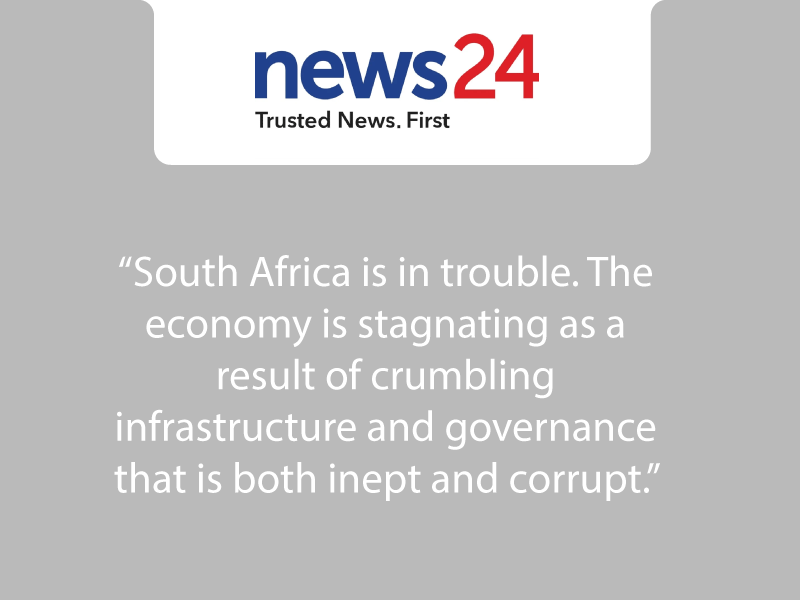
New research shows that these private institutions fulfil a vital role in SA’s education system.
Myths and facts about the low-fee private school sector in South Africa are revealed in new research released this week by the Centre for Development and Enterprise (CDE).
In Gauteng alone, some 73?000 pupils attend these schools. The province would need to build 73 public schools with 1?000 pupils in each, and employ 250 teachers to educate all pupils in the independent sector.
The discussion about independent schools is frequently based on assumptions and myths. CDE offers some facts:
- Myth: Independent schools are expensive, exclusive and deepen social inequality.
Fact: Low-fee schools charging annual fees below R12?000 educate about 250?000 children. Without these schools, even fewer children would have access to good education in areas where there are dysfunctional public schools, or none at all. Most low-fee schools are not selective and accept pupils who have failed in the public system to give them a “second chance” at passing matric. Most provide bursaries.
In low-fee schools, most pupils are black. Girls make up 51% of pupils in all independent schools, but 63% in low-fee high schools. With few exceptions, low-fee schools follow the national curriculum, embodying national goals and values, and they write the state matric examination.
- Myth: Support for the growth of low-fee schools means support for the privatisation of all schooling.
Fact: Not at all. The independent school sector is growing, but off a small base – only some 4% (about half a million) of the 12.4-million pupils in school. It is possible to support private schooling and therefore increased access and choice for poor parents, and work for the reform of the public schooling system at the same time. The accountable, innovative, cost-effective models with which low-fee schools are experimenting can inform system reform.
- Myth: Independent schools turn education, a public good, into a profit-generating commercial commodity.
Fact: Most independent schools, and especially low-fee ones, are not for profit and qualify for public benefit status for providing a public good. Most rise organically out of communities’ unmet needs for access to a school, good-quality education, or a different type of schooling. The majority of the new chains of low-fee schools are also not for profit. Most also have extensive community development programmes or partnerships with public schools. For-profit independent schools also fulfil demand from parents for good-quality schooling, which the country urgently needs.
- Myth: Independent schools undermine children’s fundamental right to education and the state’s obligation to provide it.
Fact: On the contrary, the Constitutional Court in April 2013 found that the right to basic education applies to all children whether in public or independent schools.
Independent schools also enable parents to exercise their democratic right to choose the education they want for their child, such as faith-based schooling, that is not within the state’s mandate to provide.
- Myth: Independent schools are a distraction from the challenge of improving public schooling.
Fact: The national and provincial departments of education devote considerable effort to improving the public school system, as are the private sector and many non-governmental organisations. In the meantime, independent schools not only offer parents a choice, but also contribute to the education system by:
- Saving the state money, thus releasing more funds for public schools. If the 500?000 pupils in all independent schools had to be accommodated in public schools, it would cost the state some R6-billion a year in operating costs alone, never mind the capital costs of building and equipping all the public schools; and
- Experimenting with innovative and cost-effective educational models that, if successful, can be adopted by the public system.
- Myth: State subsidies to independent schools deprive the public system of funding.
Fact: None of the for-profit or high-fee independent schools qualify for state subsidy. Less than 1% of provincial education budgets is spent on subsidised independent schools (except 1.45% in Gauteng with nearly half of all independent schools).
Even subsidised independent schools save the state considerable money: R1.85-billion in 2013 in operating costs alone. The Constitutional Court agrees that subsidised independent schools “constitute a saving on the public purse” resulting in more funding being available for public schools.
- Myth: Most low-fee independent schools are “fly-by-nights” that provide poor-quality education.
Fact: All registered low-fee schools are subject to a strict and extensive set of regulatory requirements to ensure they provide quality education. Much more is required of them than public schools, many of which would not qualify for registration or accreditation.
And low-fee schools face severe sanctions for noncompliance, including losing their subsidies.
Unfortunately, there are “fly-by-nights”, typically unregistered, and it is the responsibility of the education departments to close them down.
CDE argues for a diversified national system that gives parents a choice, whether they’re poor, middle class or wealthy. But most of all, we want more pupils to receive a quality education and we want better results. The independent school sector is complementary to the public system and a key part of the solution to improving the quality of South African education.
- Ann Bernstein is the executive director and Jane Hofmeyr the education director of the Centre for Development and Enterprise. The full report (Low-Fee Private Schools: International experience and South African realities) can be found at www.cde.org.za




